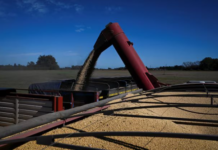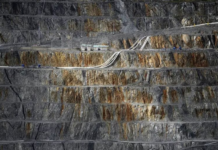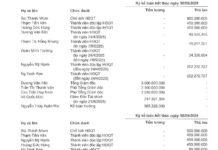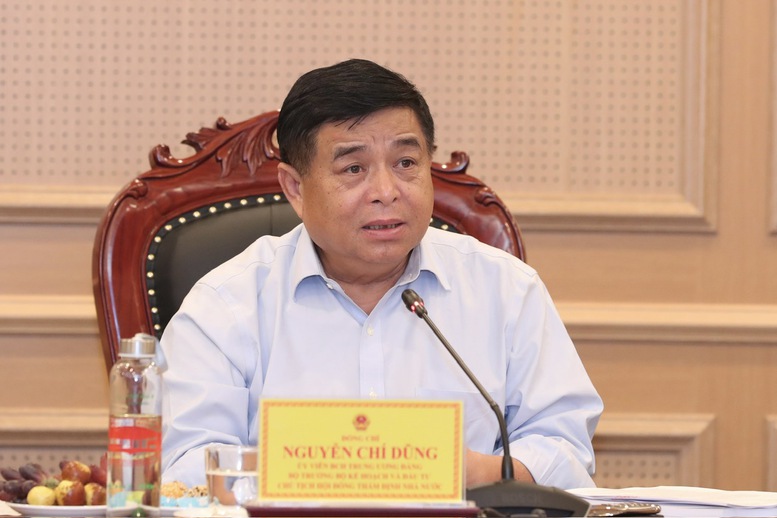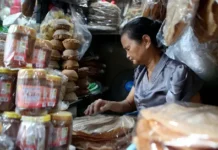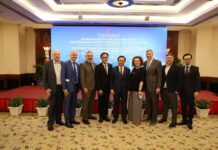
Minister of Planning and Investment Nguyen Chi Dung, Chairman of the State Appraisal Council for the pre-feasibility study report of the high-speed rail project on the North-South axis, speaks at the meeting.
The meeting was also attended by Deputy Minister of Transport Nguyen Danh Huy and representatives of ministries, sectors, and localities who are members of the Council.
According to Minister Nguyen Chi Dung, the project to invest in the construction of a high-speed rail line on the North-South axis has been approved by the Politburo and the Central Committee of the Communist Party of Vietnam. The project will have a design speed of 350 km/h and will be used for passenger transport, with the ability to transport goods if necessary, and to serve national defense and security purposes.
This is an extremely important project for the development of the country and will contribute to enhancing the country’s stature and prestige in the new era. Therefore, ministries and sectors need to have a high level of determination, make great efforts, and take decisive actions to implement it.
At the meeting, the Council members discussed and gave opinions on the contents of the pre-feasibility study report, the appraisal results of the appraisal consultant, and the draft appraisal report on the pre-feasibility study.
Concluding the meeting, Minister Nguyen Chi Dung, Chairman of the Council, requested the Ministry of Transport to carefully study the appraisal report of the inter-sectoral appraisal team, the appraisal report of the appraisal consultant, the opinions of the Council members, and the appraisal opinions of the relevant ministries and sectors to maximize the absorption and urgently complete the pre-feasibility study report of the project.
Regarding the project dossier, based on the conclusions of the Politburo, the Central Committee, and the Government’s Standing Committee, the Ministry of Transport was requested to review, scrutinize, and supplement the dossier’s contents comprehensively, ensuring quality and effectiveness.
Regarding the transport demand forecast, the Chairman of the Council requested a thorough review of the transport demand forecast data (passenger and freight) on the North-South corridor to ensure reliability and consistency with similar projects worldwide.
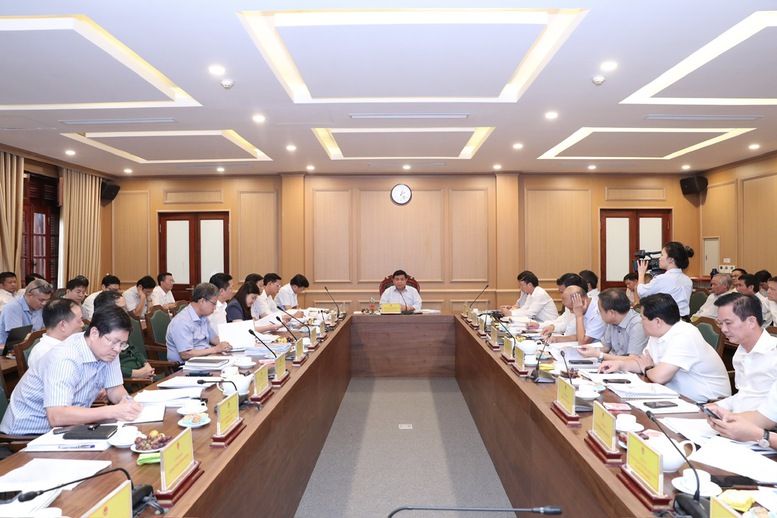
Overview of the meeting
Regarding the alignment and station locations, the Council requested strict adherence to the Government’s Standing Committee’s directives, especially the technical aspects of the alignment, which should be as straight as possible to reduce costs, particularly in the section passing through Nam Dinh province. The alignment should ensure the operating speed of the trains, create new development space, and avoid residential and urban areas. However, appropriate connection plans must be in place to ensure the shortest possible distance to major airports and seaports and facilitate linkages with the East-West corridor and rail connections to China, Laos, and Cambodia. At the same time, continue to coordinate with localities through which the high-speed rail line passes to review and adjust the alignment and station locations, especially those with advantages in connecting to major transport hubs and economic zones.
Regarding the preliminary total investment, the Chairman of the Council requested a review based on the principle of accuracy and compliance with legal regulations in the pre-feasibility study report phase.
According to the pre-feasibility study report presented at the meeting, the North-South high-speed rail project aims to realize the Party’s guidelines and orientations, the National Assembly’s resolutions, and the Politburo’s conclusions. It will enhance regional connectivity, create growth poles, open up new economic development space, restructure urban areas, redistribute the population, transform the economic structure, increase the competitiveness of the economy, meet transport demands, and contribute to optimizing and sustaining the market share of transport on the North-South corridor. It will also create a premise and driving force for socio-economic development and ensure national defense and security.
The project is expected to pass through 20 provinces and cities, including Hanoi, Ha Nam, Nam Dinh, Ninh Binh, Thanh Hoa, Nghe An, Ha Tinh, Quang Binh, Quang Tri, Thua Thien Hue, Da Nang, Quang Nam, Quang Ngai, Binh Dinh, Phu Yen, Khanh Hoa, Ninh Thuan, Binh Thuan, Dong Nai, and Ho Chi Minh City.
In terms of investment scale, the project involves the construction of a new double-track railway with a standard gauge of 1,435 mm, electrification, a design speed of 350 km/h, and an axle load of 22.5 tons. The length of the line is approximately 1,541 km with 23 passenger stations (one station in each province, except for Ha Tinh, Binh Dinh, and Binh Thuan, which will have two stations each). To ensure national defense, security, and the ability to transport goods when needed, five freight stations will be located at major freight hubs, facilitating logistics for national defense, security, and international transit.


